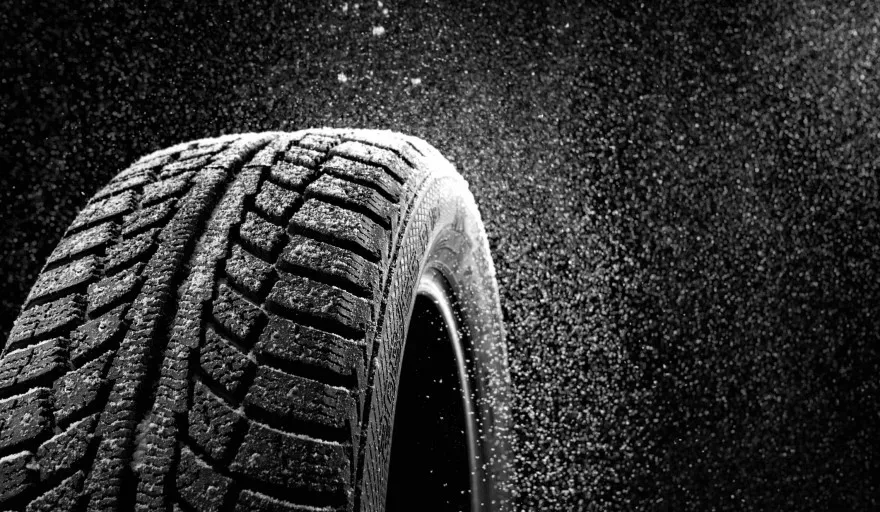Natural rubber is a unique raw material with a whole range of applications. To reduce the current dependence on the rubber tree which mainly grows in Asia, a European substitute is vital.
SOURCE: The European Commission Research and Innovation Information Centre
EU-PEARLS was a joint project between several European research organisations and industrial partners which focused on research into two types of plants: the Russian dandelion and the desert plant known as guayule. The ultimate goal of the project was to make it possible to produce natural rubber in Europe and reduce the commercial dependence on the Asian market. This will ensure security of supply as well as the optimal use of the raw material in finished products such as tyres and latex gloves.
Research under the project has shown that both the Russian dandelion and the guayule are an excellent alternative to the rubber tree. In fact, the first ever prototype tyres from guayule and Russian dandelion plants, grown in Europe, have already been produced, giving a clear indication of the technical performance and economic potential of the rubber extracted. In addition, the French partners in the project have produced glove prototypes made from European guayule-based latex.
Specifically, the research has focused on making the Russian dandelion grow faster in order to increase the content of natural rubber available for extraction. To guarantee the sustainable exploitation of both crops, the project also involved research into genetics, breeding, agronomy and processing of the rubber and its by-products such as inulin – a sugary substance present in the roots.
Asked about the benefits of using these new alternative rubber sources, EU-PEARLS project coordinator Dr. Hans Mooibroek of Wageningen University & Research Centre (UR) says: “The traditional rubber tree is facing a number of threats including diseases such as leaf blight, which despite many efforts, has not been eradicated. Another fundamental problem with the rubber from this tree is the allergic reaction it can cause. This would be avoided with latex from guayule or the Russian dandelion,” explains Dr. Mooibroek.
As a result of the research, experts say that guayule can now be successfully grown in the Mediterranean area of Europe while the Russian dandelion is better suited for eastern and northern European countries. One such country is Kazakhstan which is home to the original species of Russian dandelion called “Taraxacum koksaghyz” or TKS that is used in the production of high quality rubber.
Dr. Kamila Magzieva, Director of Independent Experts Consulting Board to Promote Scientific Research Activity in Kazakhstan and FP7 National Coordinator, has been very active in promoting both the EU-PEARLS project and TKSs’ domestic production to the Kazakh Government.
Her efforts have certainly come to fruition as EU-PEARLS has become the first real example of technology transfer from the FP7 programme to Kazakhstan. KZ-PEARLS, as the new project is called, involves a team from Wageningen University and KeyGene Agro Business Park and will base its activities on the key achievements of the EU-PEARLS project.
At the first “EU-KZ innovation through cooperation” exhibition and conference at the Astana Economic Forum in May 2013, KZ-PEARLS signed a grant agreement with the National Agency for Technology Development. “This means that the first stage of KZ-PEARLS has started in Kazakhstan,” confirms Magzieva. “We are planning to cultivate TKS and guayule in Kazakhstan, transfer technologies for rubber extraction and eventually produce new rubber products here,” she adds.
Project details
• Project acronym: EU-PEARLS
• Participants: Netherlands (Coordinator), Kazakhstan, Germany, Switzerland, France, USA, Czech Republic, Spain
• Project FP7 212827
• Total costs: € 7 772 158
• EU contribution: € 5 860 116
• Duration: April 2008 – September 2012



















